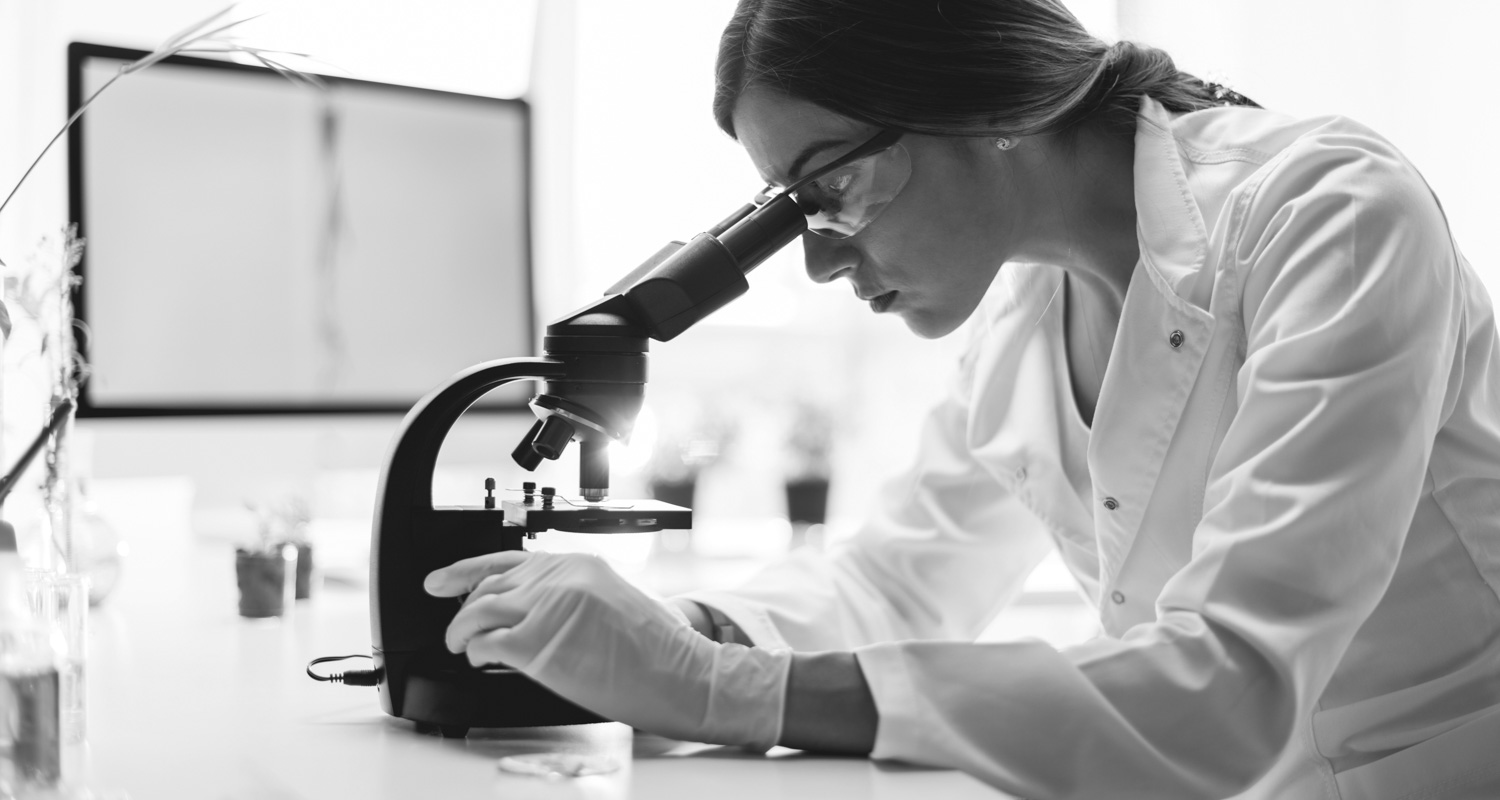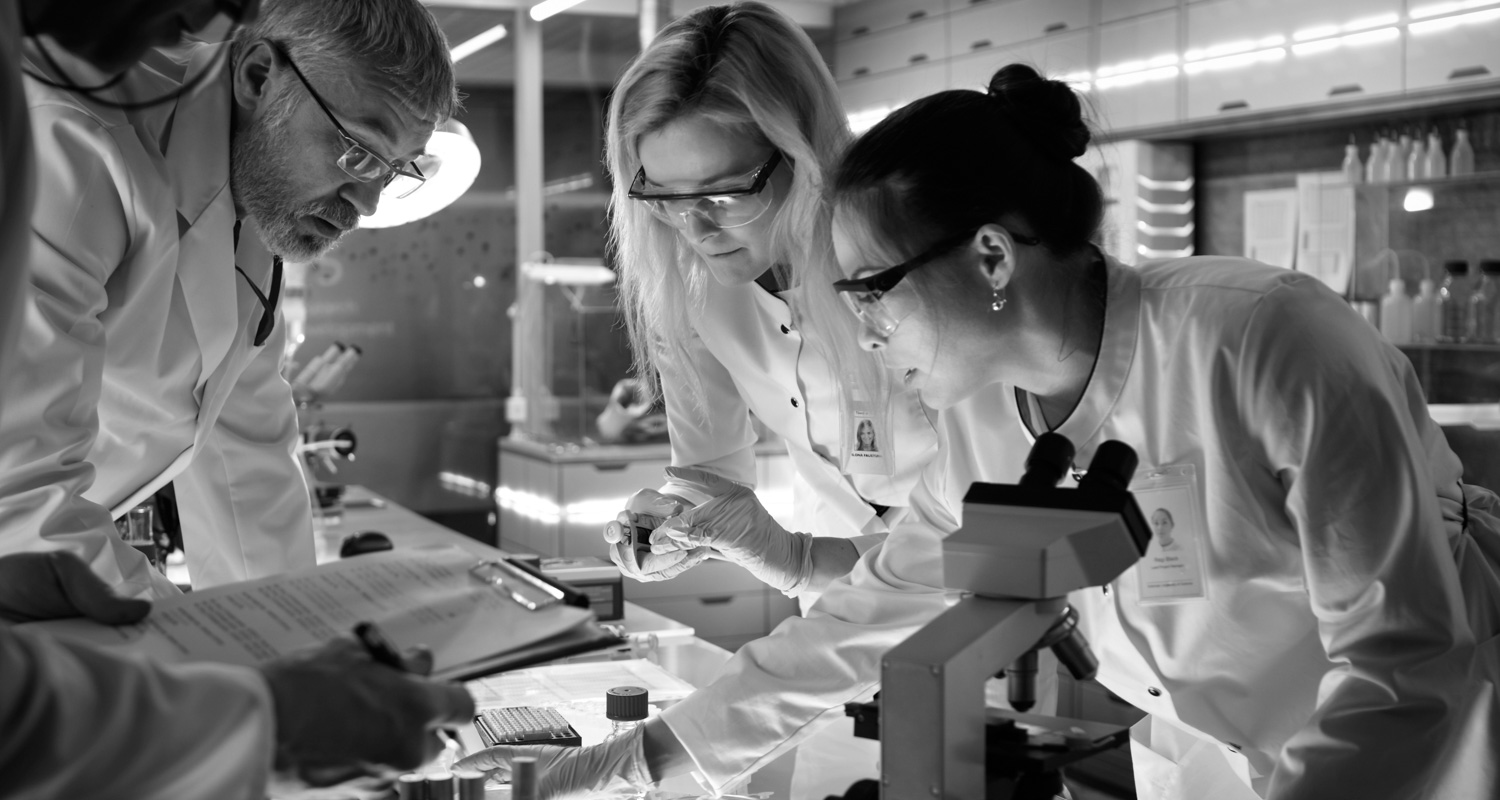NOTE – This content is the opinion of laboratory animal science professionals and presented as an educational resource for research programs. Local, national and international guidelines for animal care and use are the primary guidance for all research institutions and the information presented here should never be used in place of those guidelines or in place of consultation with facility leadership responsible for determining care, use and safety standard operating procedures.
Animal Models
An animal model is defined as a complex “biological system.” Because of this, the process of selecting appropriate animal models involves consideration of all its components and characteristics to ensure that they match the requirements of the experiment, and then that they are adequately maintained and monitored over the duration of the entire study.
These Components and Characteristics are Generally Divided Into 3 Categories:
- The intrinsic animal component: which contains species, genetic characteristics, sex, age, etc.;
- The health definition: which is environment-related and pertains to the “microbiological” status of the animal, including associated micro-flora, parasites, pathogens;
- The living environment (both micro- and macro-environment, at cage and room level): which includes various parameters including the caging system (e.g. the level and type of the bio-exclusion or biocontainment system, feed).
Multiple considerations drive the animal model selection process, which may aim at studying/understanding particular biological phenomena and exploring potential causes and treatments for human disease prior to moving to clinical studies. For this reason, animal models are also widely used to assess the efficacy and safety of new drugs and vaccines/biologicals before initiating clinical studies.
For infectious disease research projects, at least two categories of animal models are mainly used
- “Physiological models”: i.e. free of spontaneous pathology, e.g. for immunogenicity studies as well for safety assessment (regulatory preclinical studies).
- “Animal models of human diseases”: classically, these have been used to mimic human biology and pathology. However, no model can mimic the full characteristics of a particular human disease, so model selection should be based on the primary objective of the study, and lead to selection of an “isomorphic” or a “homologous” model. When assessing drug candidates in animal models, it is also necessary that they have a high “translational predictive value”, i.e. they more-or-less accurately predict its efficacy and safety in humans. Rodent models of human diseases may be genetically engineered/modified (transgenic, knock-out or knock-in or combinations).
As an example, in COVID-19 research, genetically modified (GM) mice expressing the human ACE2 (human angiotensin-converting enzyme 2) are used, as the COVID-19 virus enters human cells by binding to this protein, which has structural differences in mice compared to humans. For this protein, some mouse models do not express the mouse ACE2 (“knocked-out”) but exclusively the human ACE2 (“knocked-in”).
Health Definition and Management: Need for Housing and Caging Bio-exclusion Solution
The interactions between environmental microbiological agents and animal health must be controlled. In rodents, a defined Specific Pathogen Free (SPF) status guarantees the absence of non-suitable species-specific pathogenic agents (the “bio-exclusion list”). This health standard is the rule for mice, rats, guinea-pigs and rabbits. SPF colonies also exist for hamsters and ferrets, which are also used for coronavirus research.
Use of immuno-compromised or fragilized rodent models prompted extension of SPF exclusion lists to include opportunistic organisms, corresponding to current Specific and Opportunistic Pathogen Free (SOPF) standards, mainly developed and available for mouse models. This health standard is commonly used with GM and “humanized” rodent models.
Another health category, applicable to rodents but mainly to mouse models, is defined as “gnotoxenic”. These models benefit from a fully defined microbiota, implanted on axenic (germ-free) animals. The host microbiota can strongly modify the sensitivity or resistance to a specific infectious agent.
The health status of other species, such as non-human primates (NHP) is defined as “conventional” or, better, “clean conventional”. With this category, the objective is to exclude “healthy carriers”, that do not express any clinical sign but may harbor zoonotic agents or pathogens capable of interfering with research. M. fascicularis (cynomolgus macaque), M. rhesus and C. aethiops (vervet or “green monkey”) are described as potential COVID-19 animal models.
Breeding and using SPF and SOPF rodents requires suitable bioexclusion techniques, mainly based on the use of standard individually ventilated cages (standard IVC) and positive pressure isolators.
For gnotoxenic rodents, a very demanding bioexclusion system must be used, able to manage sterile housing, transfers and use, relying on the use of a positive pressure isolator and/or a “dedicated sealed positive pressure” IVC system. The use of gnotoxenic rodents in immunology and infectious research is not new but is currently increasing significantly.
In order to manage rodent IVC cage opening, animal handling, and experimental procedures – without jeopardizing health status – dedicated working stations are used. They are selected to provide a bioexclusion level consistent with the caging system: either laminar flow working stations or biosafety cabinets type II (BSC-II). When used with adapted procedures, BSC-II also permits maintaining and using gnotoxenic rodents.
Infectious Challenge: Need for Primary and Secondary Biocontainment Solutions
In infectious research (as well as in parasitology), “challenge” studies are required to define another critical component: the challenge agent. This definition includes the infectious agents (up to the biotype or strain), the infectious dose or doses, and the route(s) and timing of administration.
Such studies require a preliminary risk assessment and mitigation, which will permit the defining of biosafety and biosecurity conditions to be implemented according to the applicable regulations and standards. The study can be initiated only when these obligations are met and when an acceptable risk level has been reached. Note that the use of genetically modified rodents may also require particular biocontainment requirements, especially in Europe where a specific regulation is applicable.
Study conditions and conduct must comply with the required secondary and primary biocontainment levels and associated practices. Hence, the animal caging and housing system must be adapted both to the animal model and to the primary containment requirements. As an example, COVID-19 research must be conducted in ABSL-3.
The historical system for this is the negative pressure isolator, defined by biocontainment standards and specifications as biosafety cabinet type IIII (BSC-III). It is applicable to small and medium size animal species. Each isolator is a microbiological unit, which means that all animals share the same health/microbiological status. When used for an infectious challenge, all animals are exposed to the same environmental conditions.
Another rodent biocontainment solution, now very commonly employed, is based on the joint use of a “dedicated sealed negative pressure” IVC system and a BSC-II, again with consistent working procedures. With this system, each cage can be maintained as a small microbiological unit, which means that each cage on a rack can potentially contain a specific health/microbiological status.

For other species, various primary biocontainment systems are available. Medium size species may be used in fully sealed BSC-III with appropriate dimensions and design associated to BSC-II for experimental procedures. The limitation and cost obviously increase with the size of the species.
Rabbits and ferrets can be housed in “vented/negative pressure” caging racks – which are not sealed but create a minimum level of airflow protection – decreasing the shedding or particles/dander in the room. Similar systems, generally custom-designed and made, can be used for NHP, including for group housing according the ETS 123 Appendix 2 (2006).
With larger species, due to limitations related to primary biocontainment, special personnel protective equipment must be identified and used, according to the outcome of the risk assessment and mitigation. When a sealed primary biocontainment is required, a full/sealed protective suit with helmet (as in ABSL-4 units) may be the only solution.
With any species, it is critical to ensure the protection of the operator and room environment at the appropriate level, as well as to provide the required protection of animals and samples/reagents against contamination at any step. As an example, it might be better to select a BSC-II designed specifically for use with rodent and cages handling (i.e. fitted with a suitable/higher frontal sash opening while maintaining the vertical airflow velocity, as required by NSF49 and EN12469 standards)
In any case, for each project and type of study, a risk assessment and mitigation shall determine the appropriate biocontainment measures (primary and secondary), personnel protective equipment and processes, and demonstrate that the system selected is appropriate to the risk. Integrity of primary containment devices other than a certified BSC, must be tested in accordance with testing procedures and acceptance criteria appropriate for the equipment and design.
Then, the containment system should be validated in the real conditions of use, i.e. demonstrated as suitable for its intended purpose (including all qualification steps, especially the Performance Qualification), to verify its adequate functioning according to objectives, requirements, and specifications.
Last but not least, personnel need be competent and trained, and suitable processes and procedures must be defined to minimize the risk of exposure, e.g. by scratches, bites, accidental self-inoculation, creation of aerosols, etc.
Selecting a Solution That Combines Biocontainment and Bio-Exclusion Requirements.
In some cases – for example one with very sensitive or demanding rodent models (immunocompromised, fragilized, SOPF, gnotoxenic…) biocontainment and bio-exclusion should be used in tandem.
Technical solutions, allowing the combination of biocontainment and bio-exclusion at the highest level, are available – such as BSC-III type isolators (also designed to manage sterile flow and handling) or “sealed IVC” systems combined with BSC-II.
A comprehensive comparative review of pros and cons should help in selecting the most appropriate system, with regard to all components.
Comparative review: BSC-III vs IVC-BCU/BSC-II
| BSC-III (isolator) | IVC-BCU with BSC-II |
|---|---|
|
|

